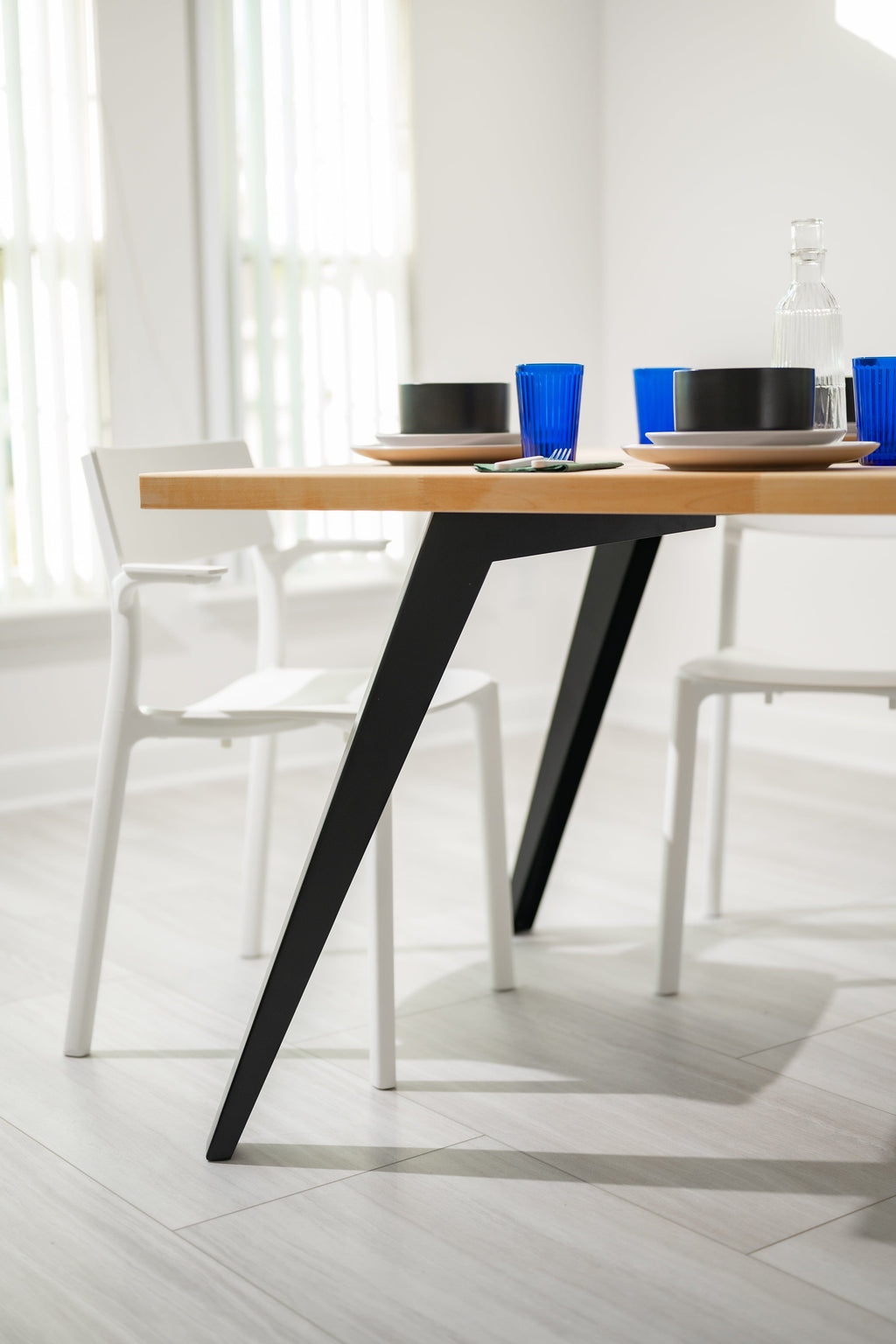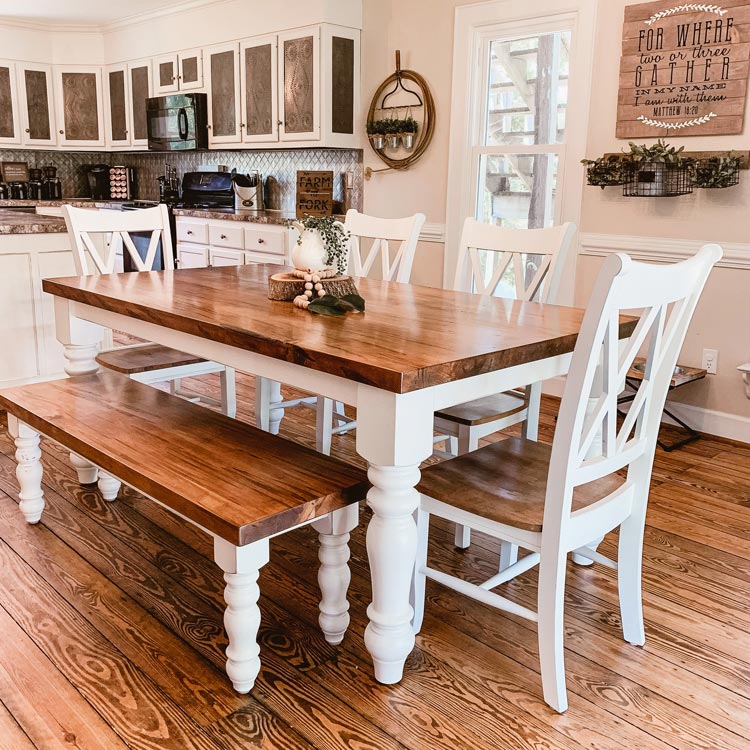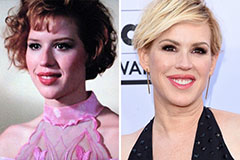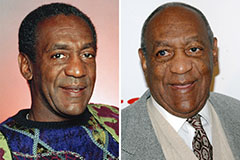From Standard to Modern: Locate the Ideal Eating Room Table Legs for Your Design
While timeless layouts such as cabriole and turned legs stimulate a sense of classic elegance, contemporary styles like hairpin and geometric alternatives offer an opportunity for striking visual interest. As you consider these components, the question continues to be: exactly how can you perfectly integrate these diverse leg styles to create a harmonious eating experience?
Understanding Table Leg Styles
The selection of eating area table leg designs can substantially affect both the appearances and functionality of the room. Each leg design adds distinct visual elements and practical attributes, accommodating varied design choices and usage needs. Comprehending these designs is essential for choosing the right eating table that straightens with your total interior layout vision.
For example, conical legs provide a tidy, classic appearance that can enhance an area's sophistication, while stand bases supply stability and maximize legroom, making them suitable for smaller rooms. Hairpin legs, a characteristic of mid-century modern style, introduce an industrial flair, permitting a ventilated, open feel. Trestle legs evoke rustic appeal, offering durable support and a sense of eternity.
In addition, the selection of products plays a substantial role. Wood legs can bring heat and texture, whereas steel options commonly share a sleek, contemporary vibe. Inevitably, understanding table leg styles is crucial for producing a natural eating area that shows individual style while guaranteeing usefulness and comfort. By thoughtfully thinking about these components, you can enhance both the practical and visual charm of your eating room.
Typical Table Leg Options
When picking dining-room table legs, conventional alternatives usually personify timeless sophistication and workmanship. These styles reflect a rich heritage and a dedication to quality, making them ideal for those that appreciate classic aesthetic appeals.
One of one of the most iconic standard leg designs is the cabriole leg, characterized by its stylish rounded form. This layout typically features attractive makings and is most generally located in Queen Anne and Chippendale furnishings. An additional prominent alternative is the transformed leg, which boasts a series of smooth, rounded shapes that supply a classic appearance while keeping stability.
Additionally, the straight leg, while straightforward, uses a basic and durable framework that can blend flawlessly with a variety of tabletop designs. For those drawn to ornate detailing, claw-and-ball feet legs stimulate a sense of grandeur and can function as a magnificent prime focus in any dining area.
Lastly, stand bases, although not purely legs, offer an alternative typical alternative that enables adequate legroom and can be wonderfully carved. Each of these typical leg styles adds to the total ambiance of a dining-room, weding function with aesthetic charm.

Modern Table Leg Styles
Modern table leg designs offer a diverse variety of designs that emphasize innovative products and tidy lines. These styles frequently focus on performance while functioning as striking centerpieces within a dining room. Minimalist looks are widespread, with legs crafted from materials such as metal, glass, and crafted wood, which add to a modern and airy feel.
One prominent design is the barrette leg, defined by its slender, conical framework that gives security without frustrating the tabletop (dining room table legs). This style is commonly found in mid-century contemporary furniture and can easily complement various table forms. One more pattern is blog here using geometric forms, where legs may take on angular or asymmetrical kinds, including aesthetic passion and a touch of artistry

Mixing Designs for Distinct Areas
Often, home owners look for to produce one-of-a-kind eating rooms that reflect their personal design view it now by blending numerous design elements. This method permits for the incorporation of diverse visual appeals, leading to an unified yet unique setting. Matching a rustic wood table with streamlined, modern-day metal legs can produce an attractive comparison that boosts the space's general charm.
Additionally, incorporating vintage table legs with contemporary table tops can evoke a feeling of history while maintaining a modern-day perceptiveness. Such combinations not only showcase specific preference yet also motivate creative thinking, allowing property owners to curate a space that feels both individual and welcoming.
Color plays a critical role in this blending procedure; picking table legs that match or comparison with the existing color design can boost aesthetic interest. Whitewashed legs can soften the daring of a dark table surface area, creating a balanced aesthetic.
Tips for Selecting the Right Legs
Selecting the right table legs is crucial for attaining both performance and visual allure in your dining area. Begin by thinking about the total design of your room. Conventional settings gain from legs that feature complex carvings or turned designs, while contemporary spaces might ask for streamlined, minimal designs.
Following, analyze the elevation and stability of the legs. dining room table legs. Standard eating tables vary in between 28 to 30 inches in height, so make sure the legs match this dimension for comfort. Additionally, robust materials, such as hardwood or steel, can enhance security and long life
Evaluate the leg form also-- alternatives consist of right, tapered, or pedestal styles. Straight legs provide a traditional look, while tapered legs can include a touch of elegance. Pedestal bases give enough legroom and are excellent for smaller sized areas.
Final Thought
In summary, picking the ideal eating area table legs calls for mindful factor to consider of both modern-day check that and standard styles. By integrating leg style, elevation, and product with the general design, a cohesive and welcoming atmosphere can be accomplished.
The range of dining room table leg styles can significantly influence both the visual appeals and capability of the area. Inevitably, recognizing table leg designs is important for developing a cohesive dining location that shows personal style while making certain functionality and convenience.One of the most famous typical leg styles is the cabriole leg, characterized by its graceful rounded form. Straight legs offer a traditional appearance, while conical legs can include a touch of elegance.In summary, picking the optimal dining space table legs requires cautious consideration of both standard and modern-day designs.
 Molly Ringwald Then & Now!
Molly Ringwald Then & Now! Heather Locklear Then & Now!
Heather Locklear Then & Now! Tina Louise Then & Now!
Tina Louise Then & Now! Bill Cosby Then & Now!
Bill Cosby Then & Now! Pierce Brosnan Then & Now!
Pierce Brosnan Then & Now!